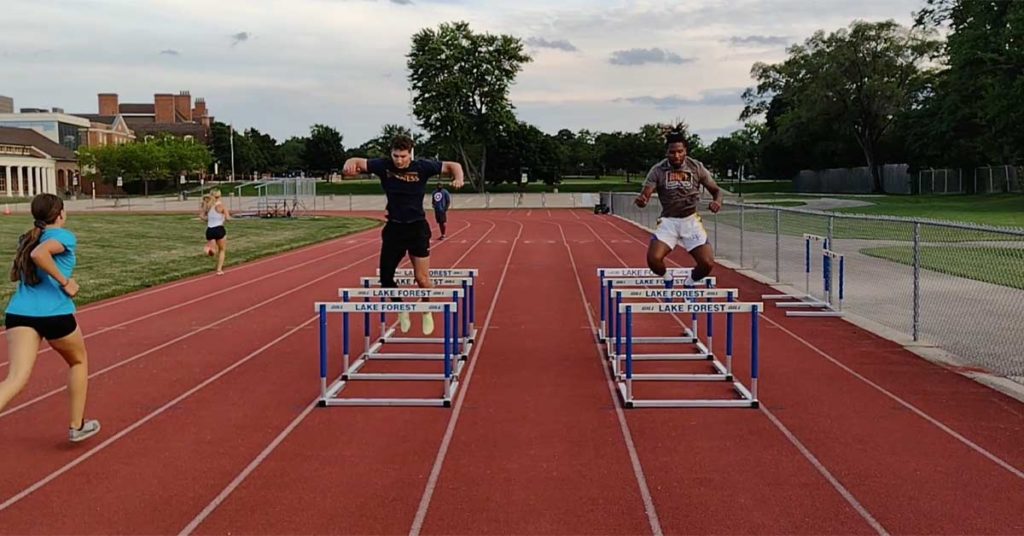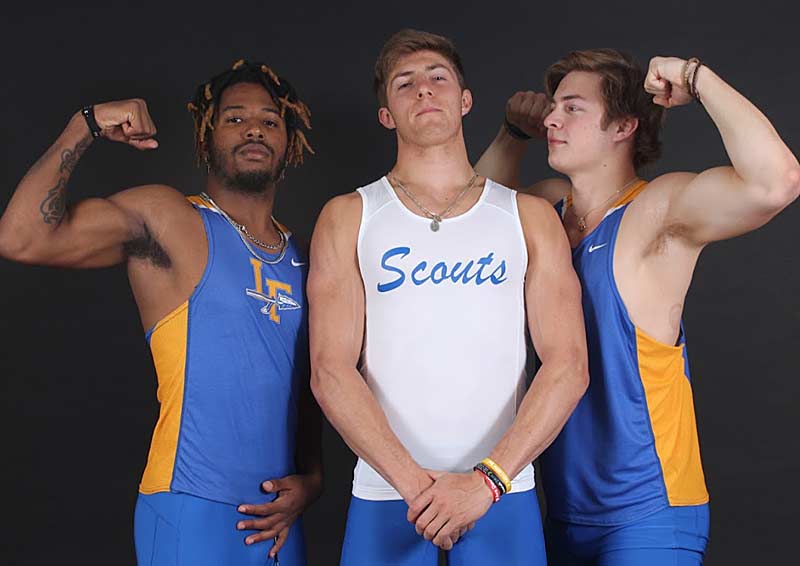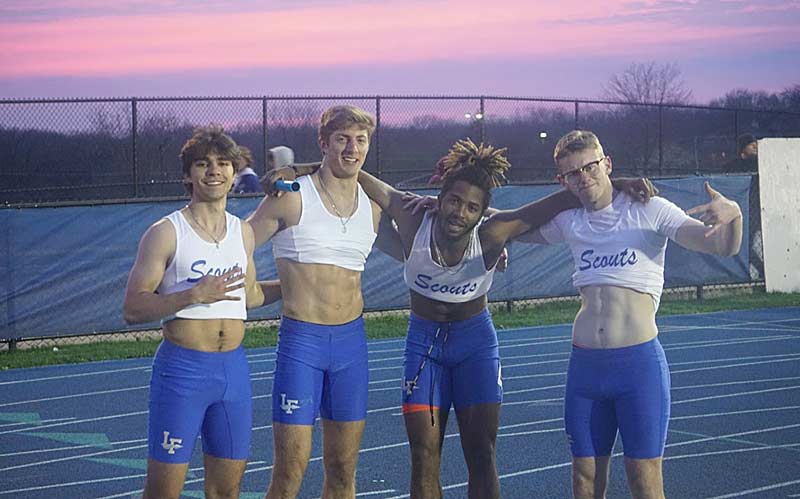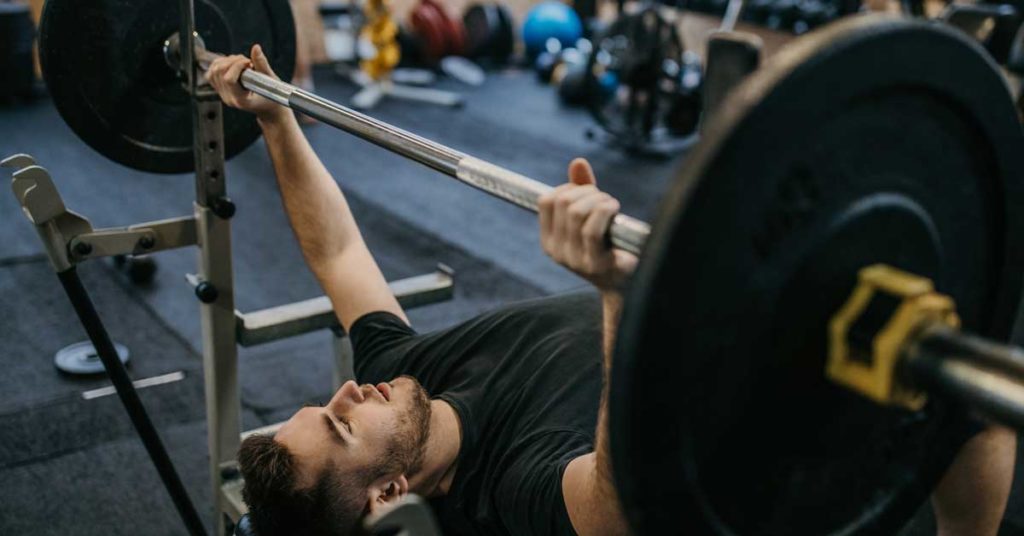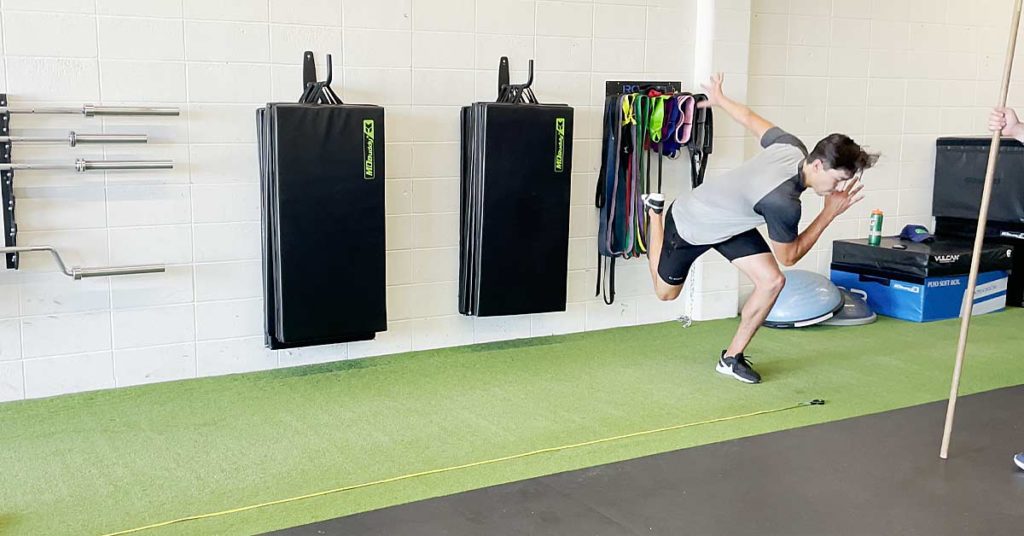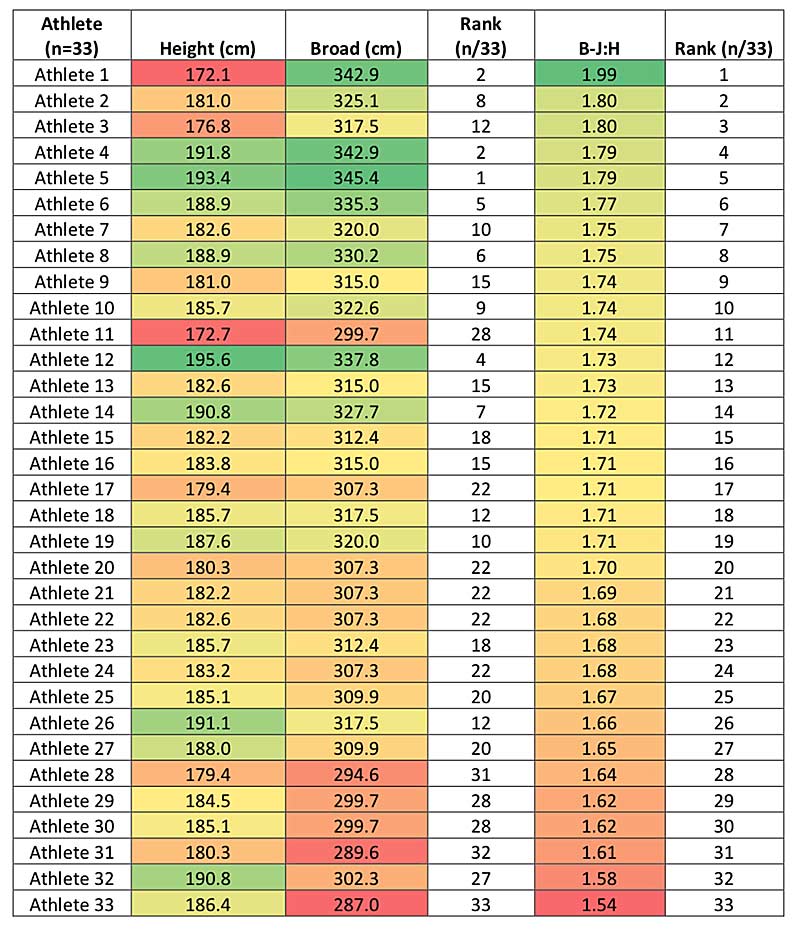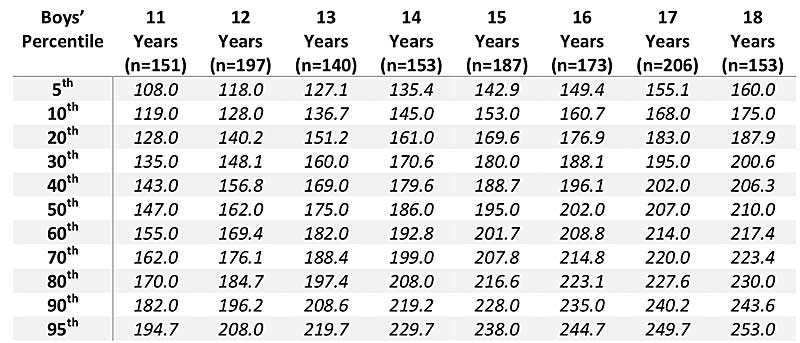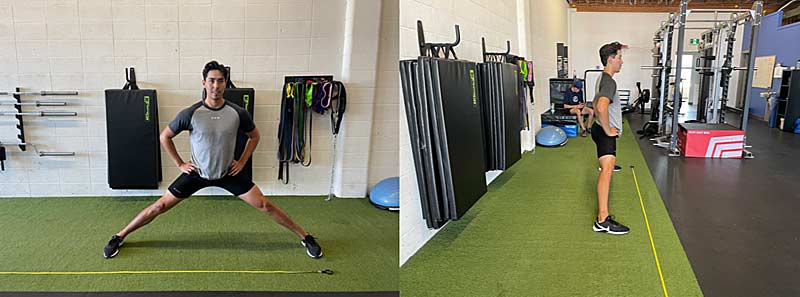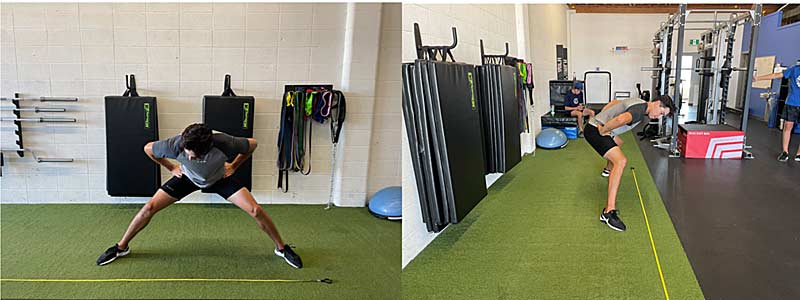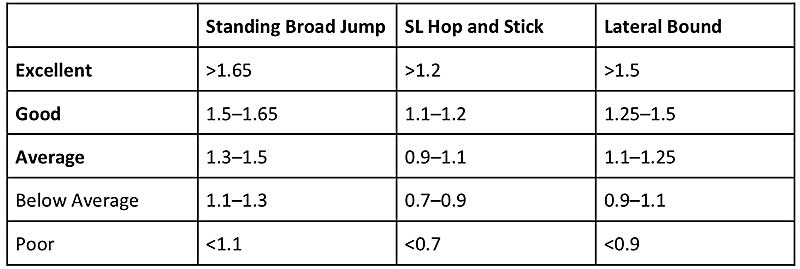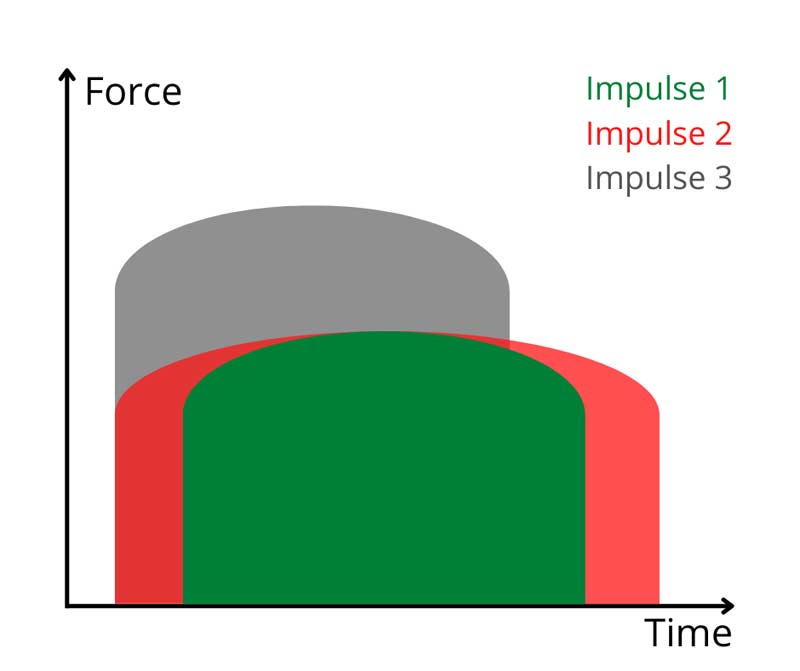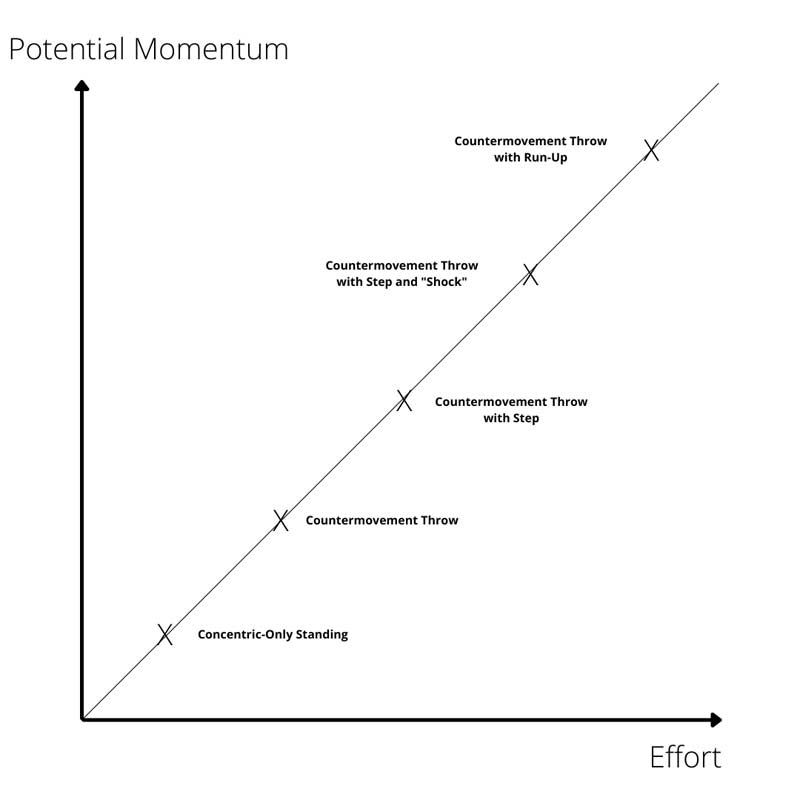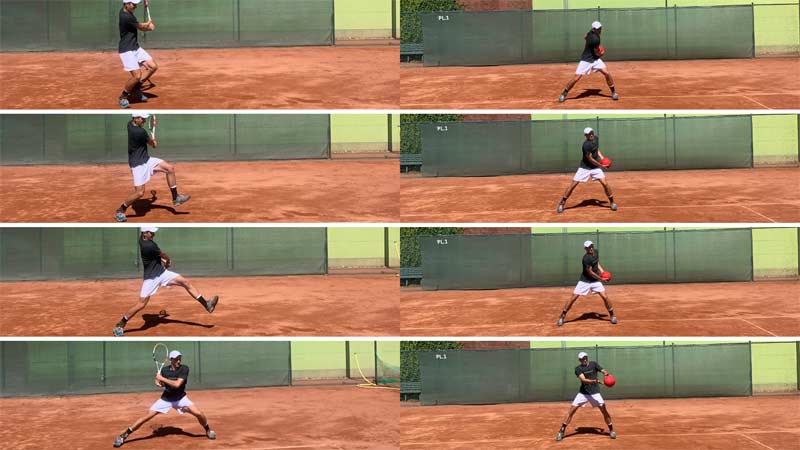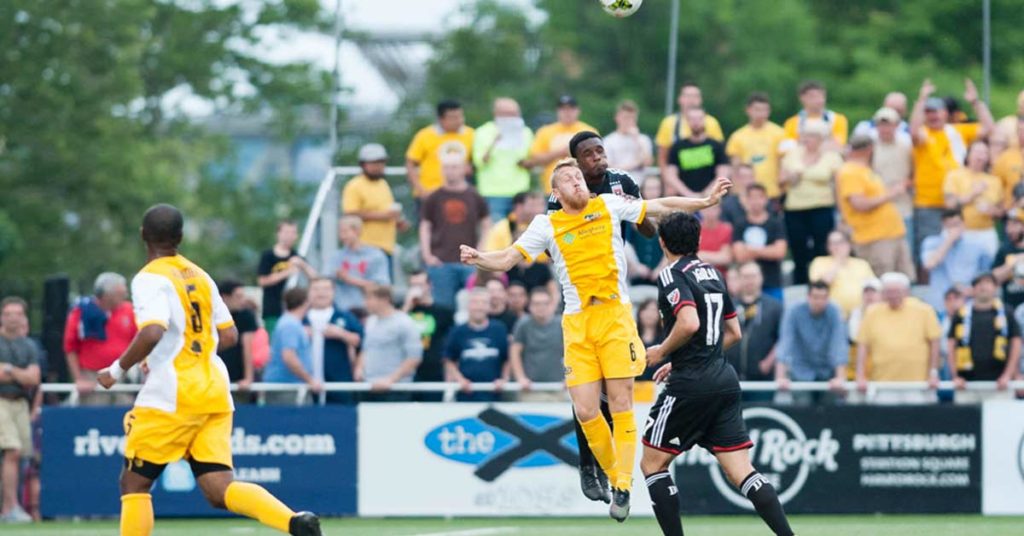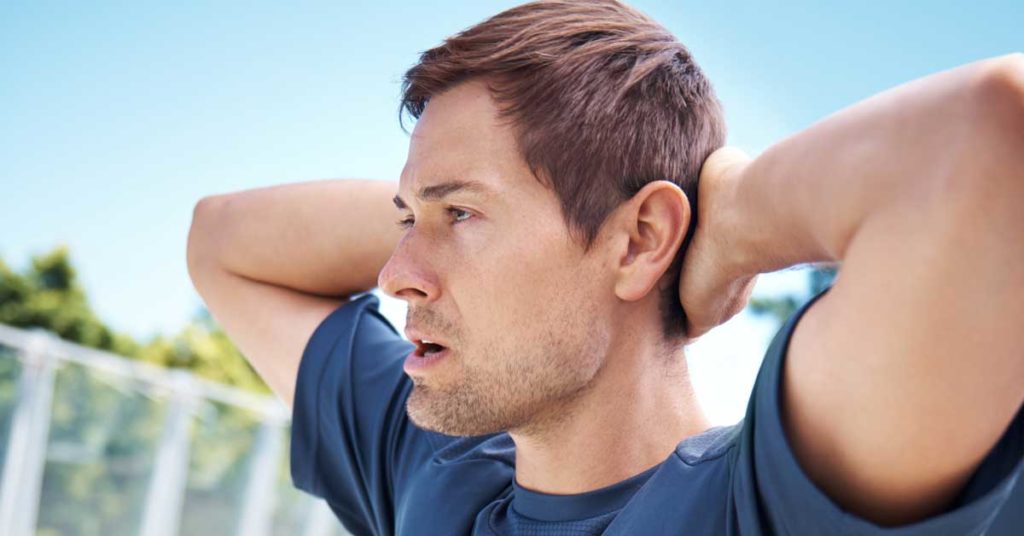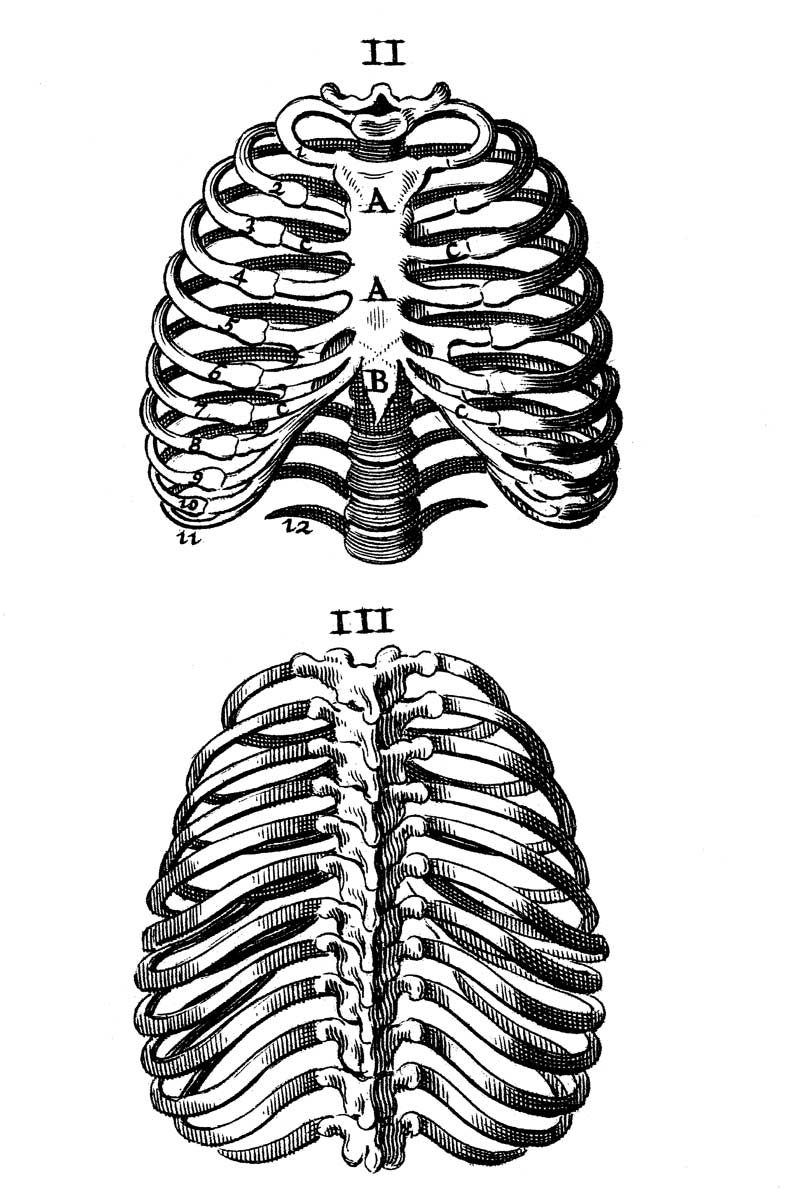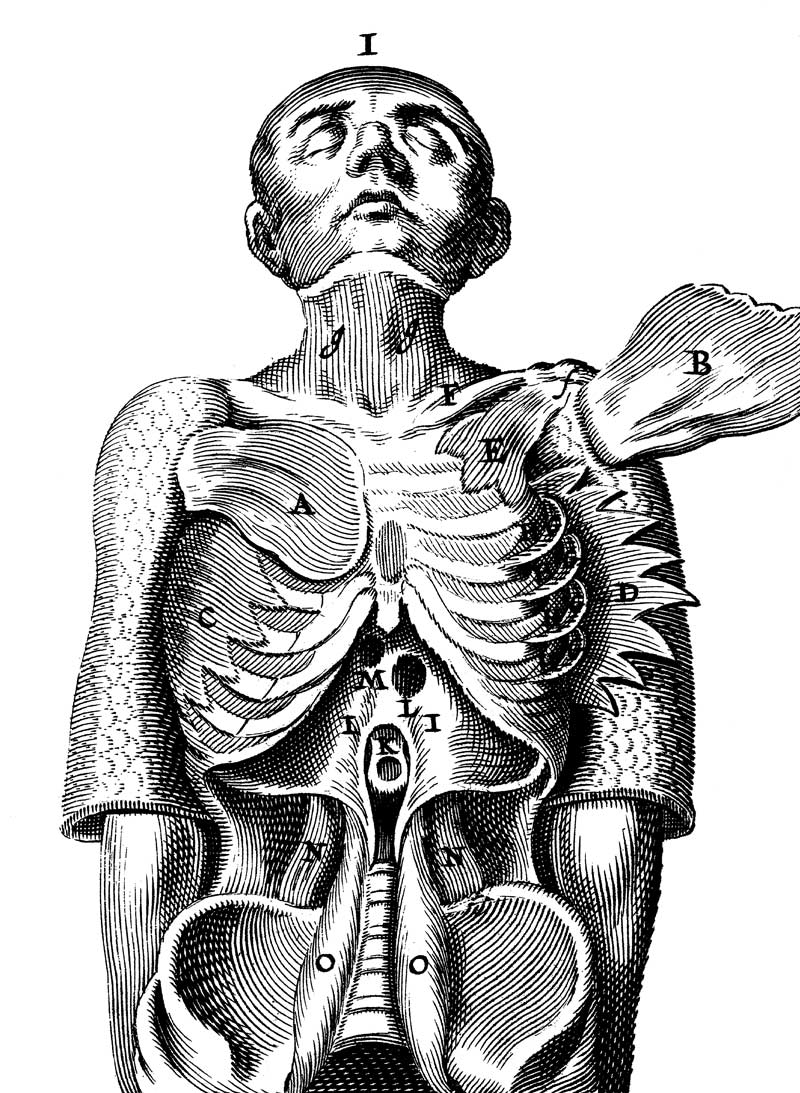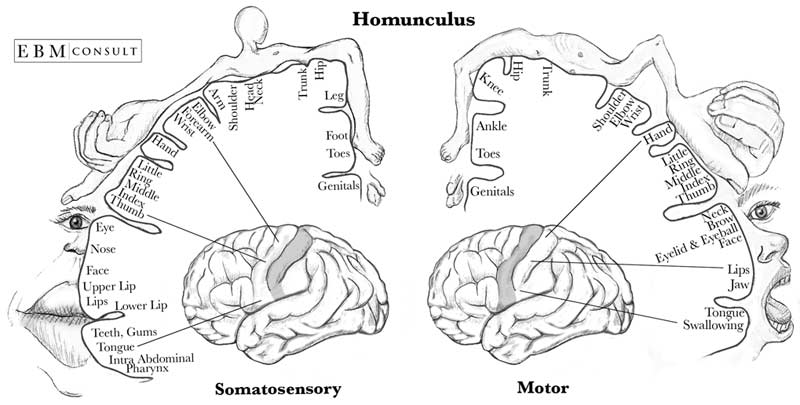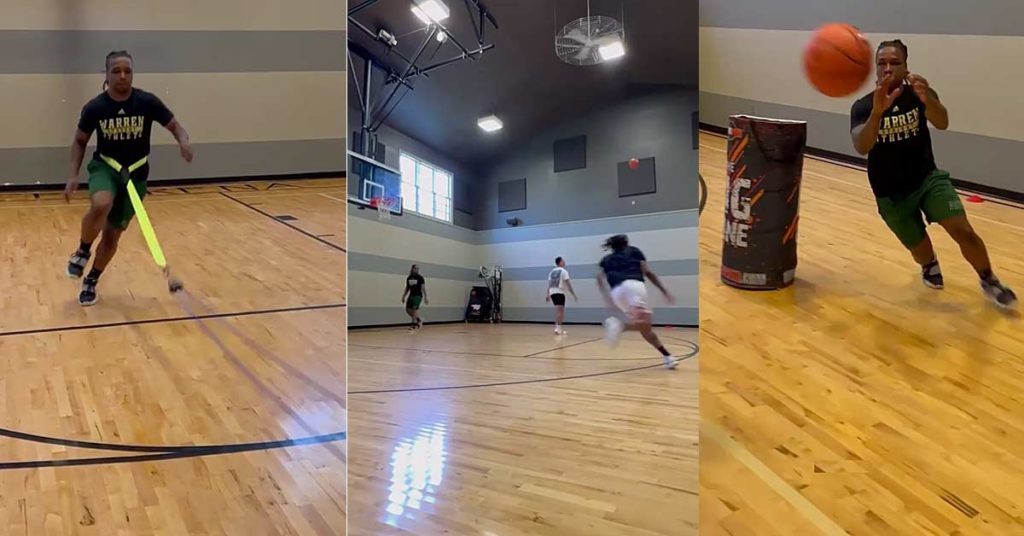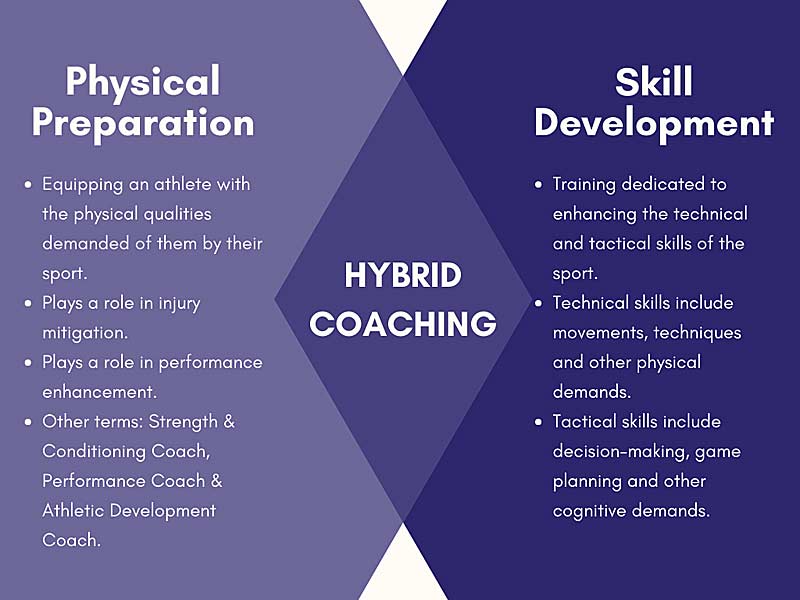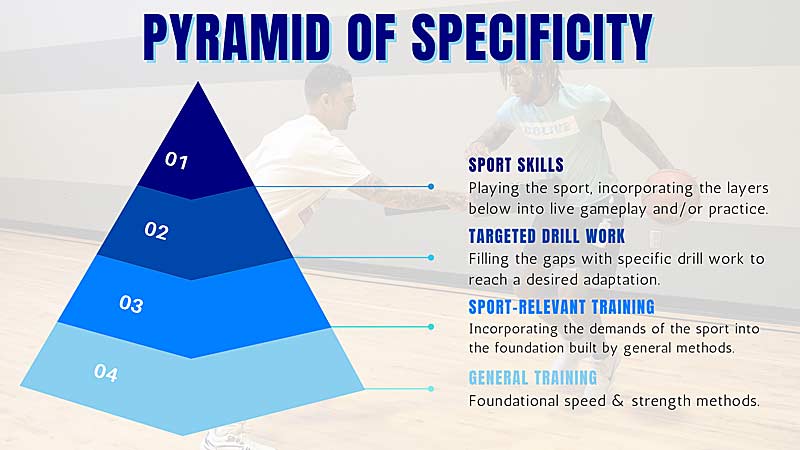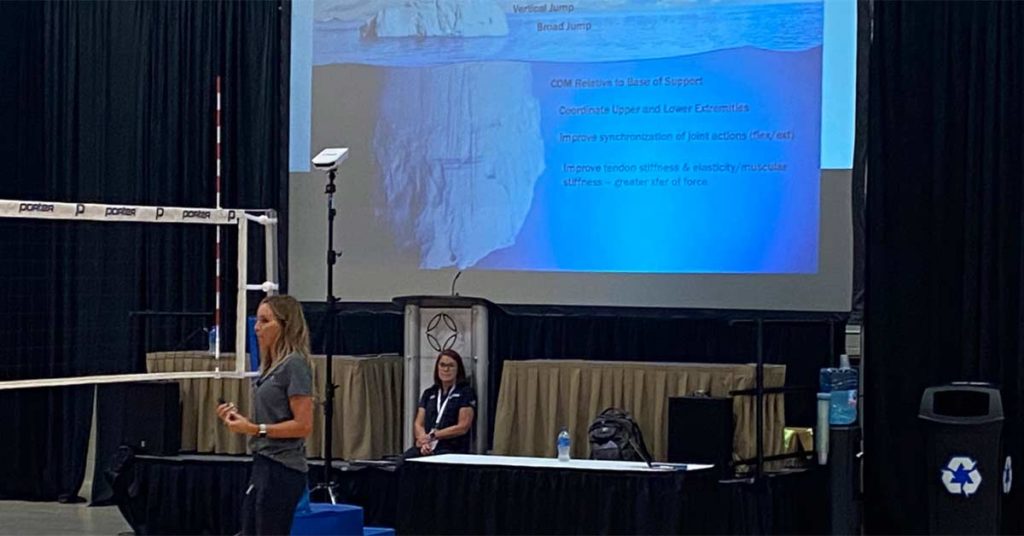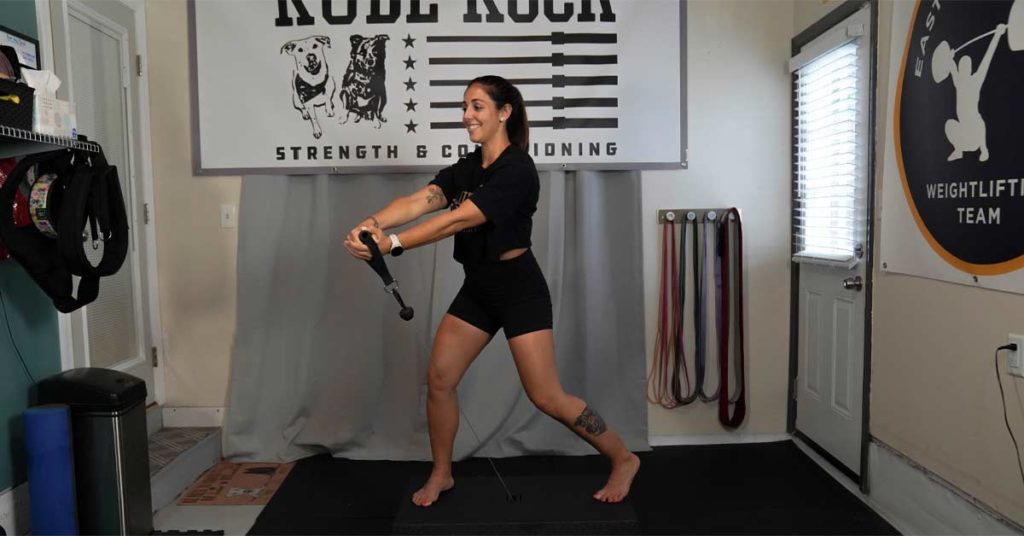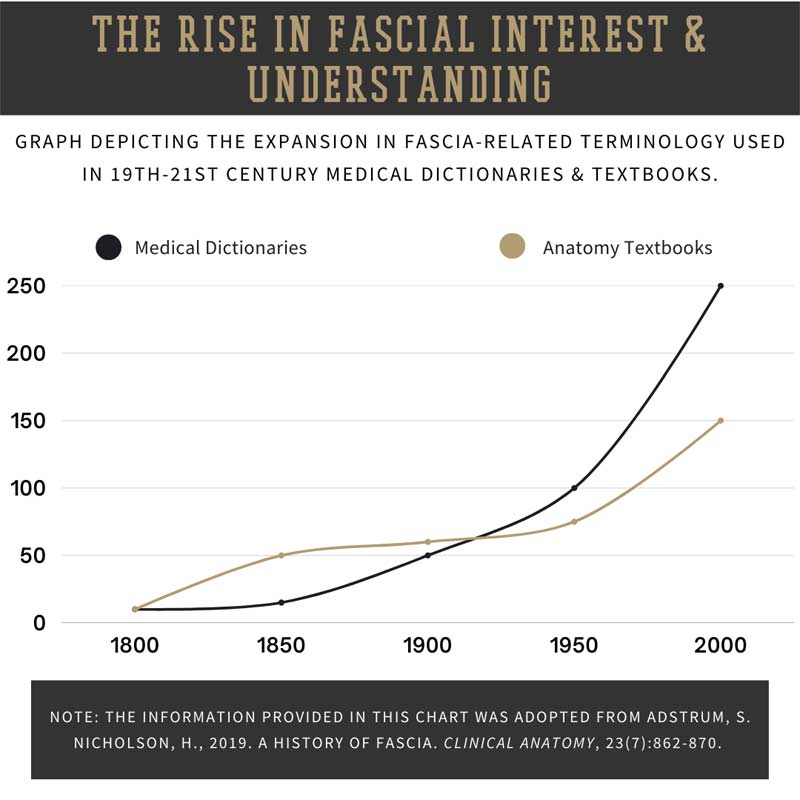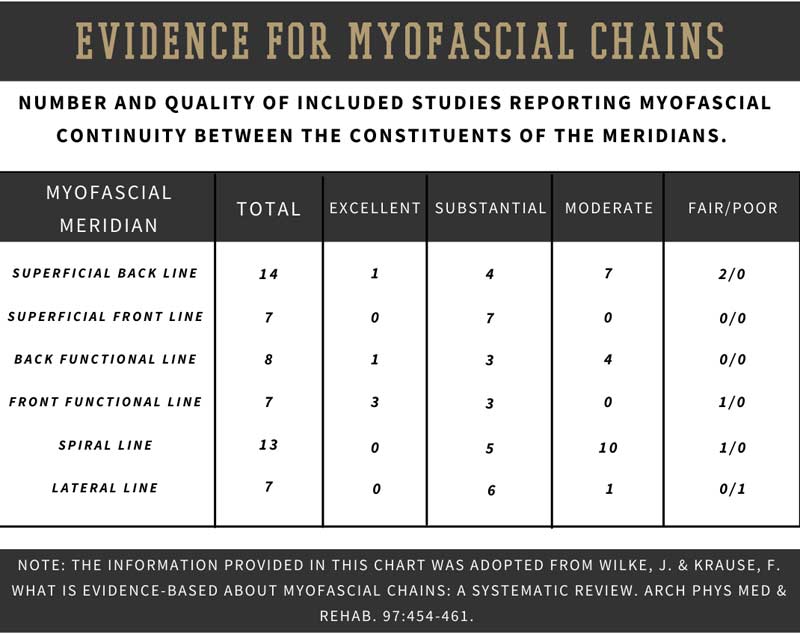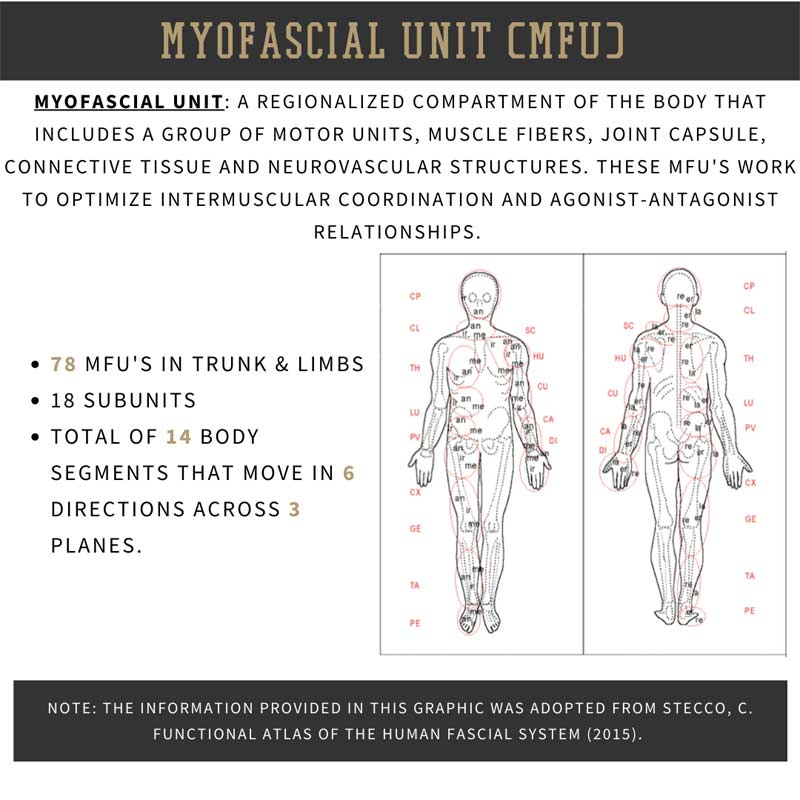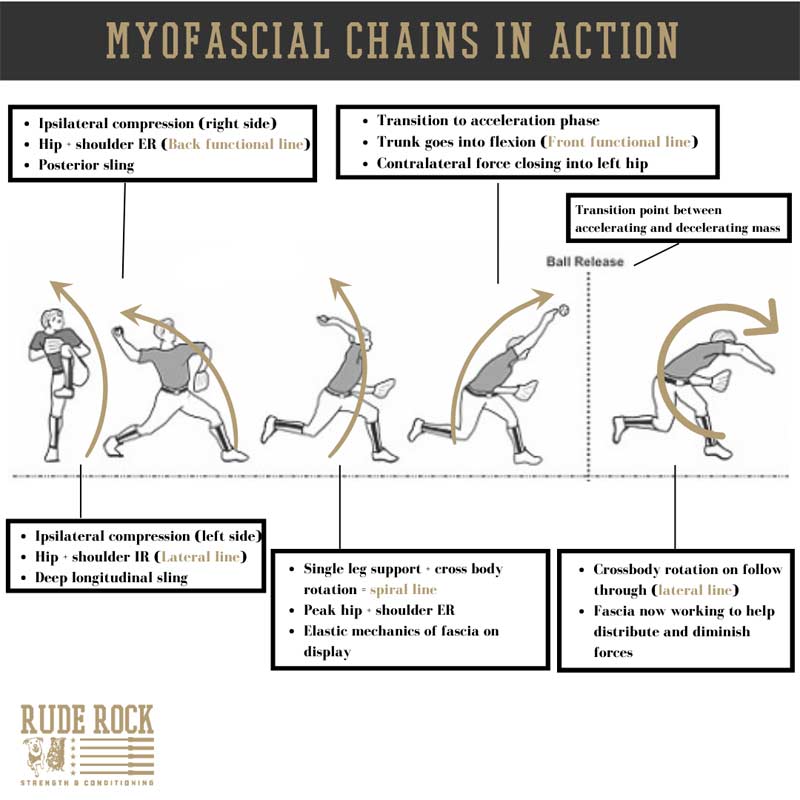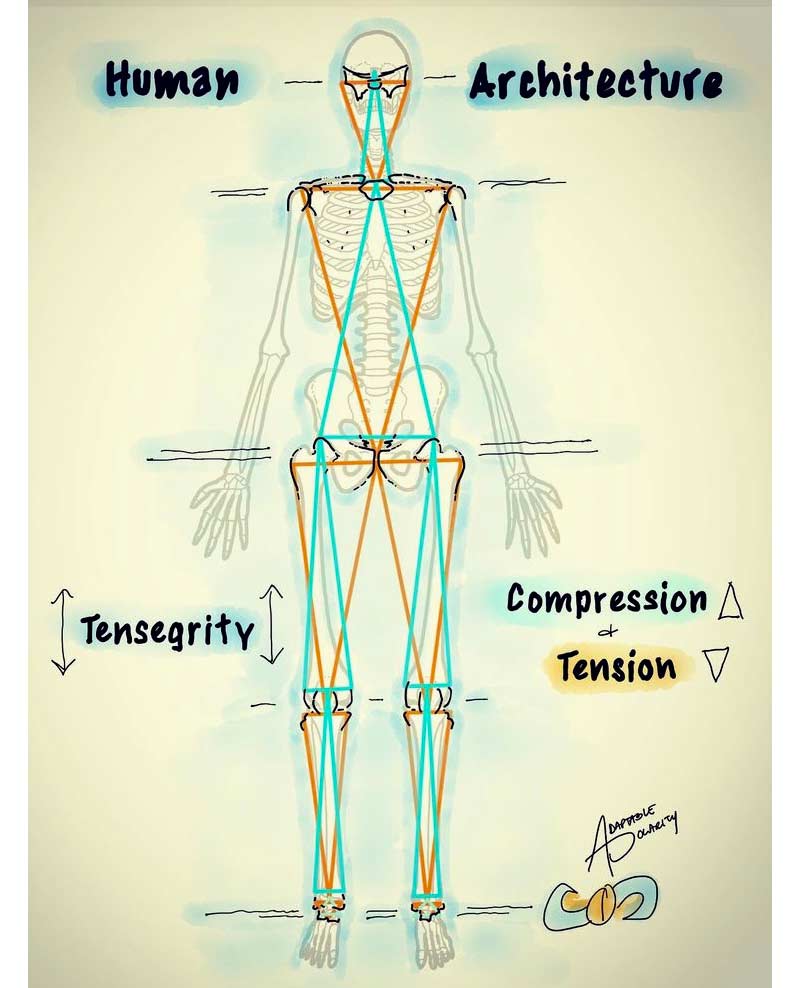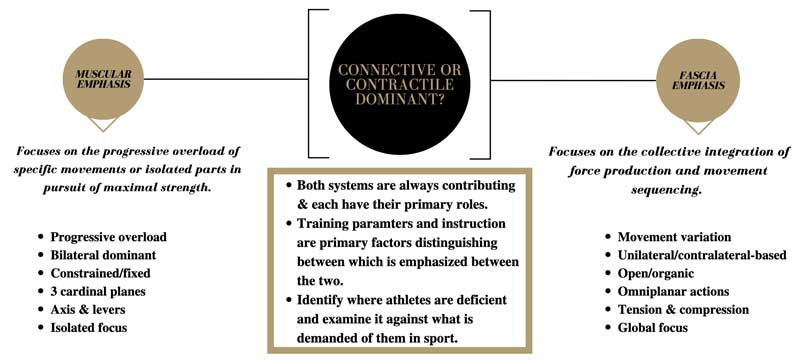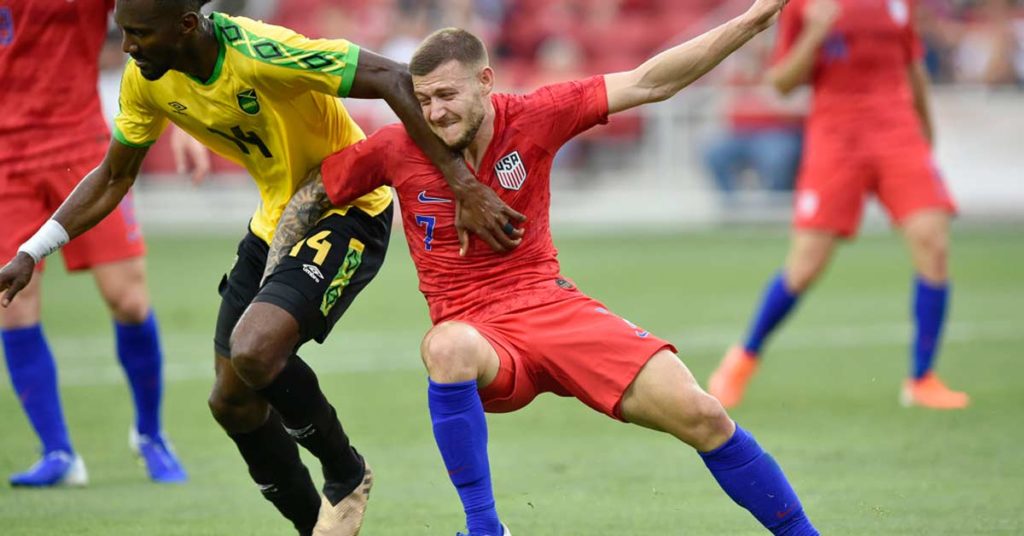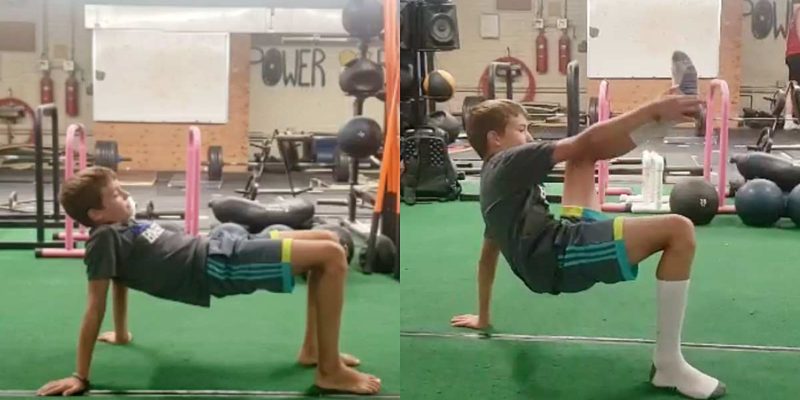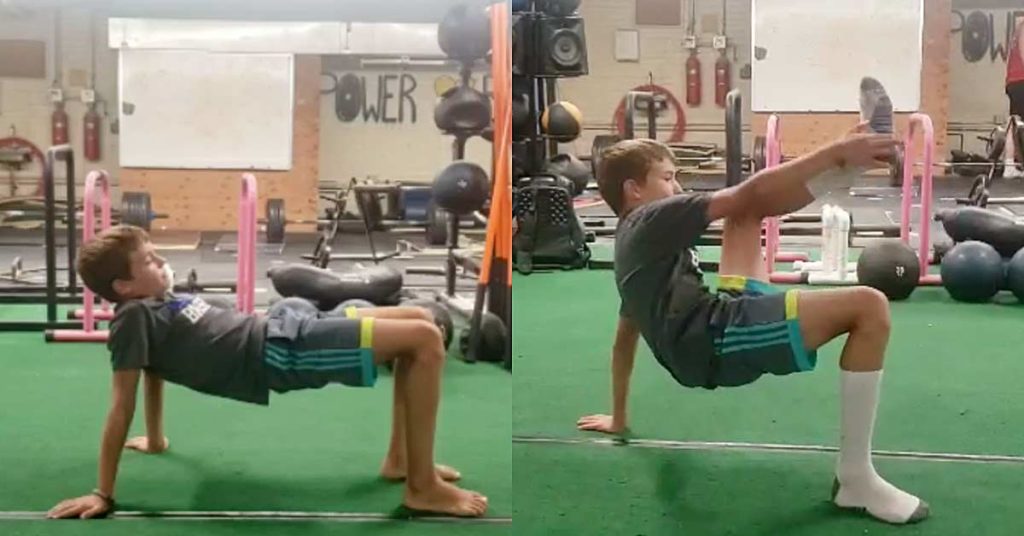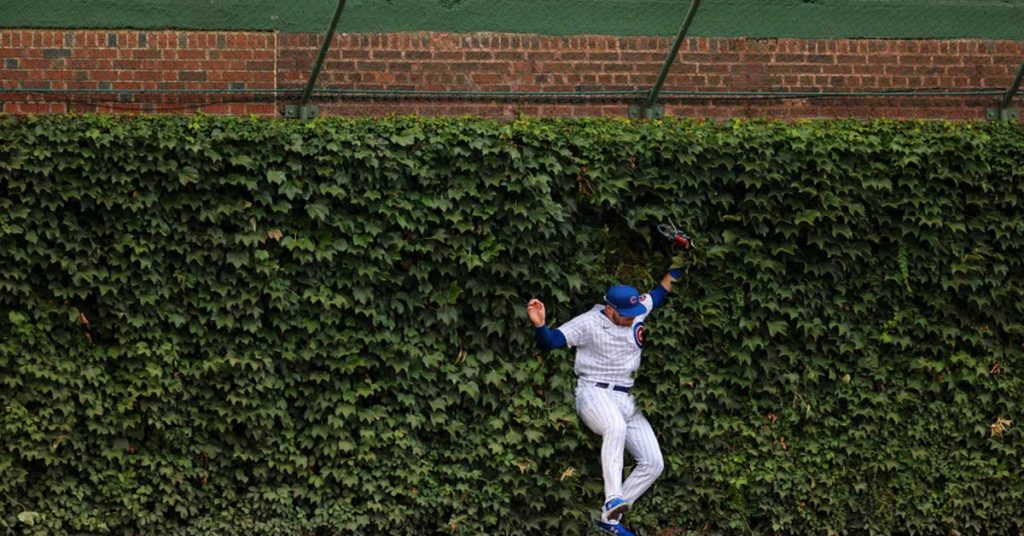
Since 2020, Cory has been the Head of Strength and Conditioning and Performance Science for Chicago Cubs Player Development. Before that, he spent six years as the Head of Strength and Conditioning for the Institut National du Sport du Quebec, one of Canada’s Olympic Sport Institutes. In that role, he worked with a wide range of sports in a variety of S&C and sport science capacities. He is an alumnus of Edith Cowan University and the University of Toronto.
Freelap USA: Before taking your role in the performance department with the Cubs, you worked with athletes from various Olympic sports, including members of the Canadian Women’s National Hockey Team. As neither of these is a “sprint first” sport, what are some similarities you’ve found in training speed with athletes in hockey and baseball? What are some unexpected challenges you’ve had in developing acceleration and speed qualities with minor league ballplayers?
Cory Kennedy: For me, the biggest similarity is that not all players in these sports—even at a very high level—have engaged in deliberate speed training.
For baseball, there is a survivorship bias, where fast players are put into key defensive positions, and the exposures in practice and games are likely enough to keep them fast. And if you weren’t endowed with speed at a young age, you work to build your hitting tools and are put in a position with fewer demands for running at pace.
With hockey, it is more to do with the historical culture around off-ice speed training. For a very long time, there were many questions about how much running really transfers to skating. Today, it is becoming accepted that it is much higher than we previously thought.
So, both populations can have elite professionals who haven’t been exposed to well-structured speed development programs up to this point in their careers.
One big challenge we’ve found so far in training speed in baseball players is the demands of practice. We’re constantly trying to carve out small windows to do effective speed work. Share on XTo combat this, we have used a similar strategy for both groups: to expose them frequently to the principles of speed development. On some days, it can be a little drilling for technique and mechanics, while on others, it’s sprinting with different constraints to shape behavior. Either way, regular exposure is the only way to start changing those mechanics.
One of the biggest challenges we have found so far in training speed in baseball players is the demands of practice. On a given day, a player might hit in the cages, hit on the field, do some defense on the field, do extra throwing, try to get a lift in, and possibly still have a game. With a 7- to 9-month season (counting pre-season camps) and playing nearly every day, we are constantly trying to carve out small windows to do effective speed work. This is probably our biggest challenge.
Freelap USA: Transitioning from the Olympic model to a professional franchise, what are some of the concepts and methods you’ve been able to utilize from Canada’s long-term athlete development model that are relevant for developing prospects in the Cubs farm system? In practical terms, what have been the biggest adjustments you’ve had to make to adapt to working in the MLB’s development system?
Cory Kennedy: The interesting thing here is that baseball is probably the professional sport where long-term development models from the Olympics are mirrored most. Most players won’t make their MLB debut—if they are fortunate enough to get there in the first place—until year five or six in an organization. This mirrors the timelines in Olympic sports, where a young athlete will require four years to get to a first Olympics and then usually another four to compete for a podium.
I am fortunate to be in an organization with progressive views on player development, and our team and I try to complement the great colleagues in other departments as best we can.
Some of the things that have come up from the Canadian Olympic system relate to trying to find, then set, clear benchmarks at different levels of development—especially in physical tests. Then, identifying whether a player truly is meeting the development path we expect.
As far as adjustments go, I think many nuances in baseball don’t allow this to be cut and dried all the time. Rosters across the levels are dynamic but finite, and sometimes players need to move up and down a level for various reasons. The biggest key is that we are constantly communicating across departments on what is best for this player in the short term, and what is best in the long term. Then, hopefully, the best decision is made about participation in more training, more practice, or more competition.
Freelap USA: Tactically, a minor league baseball game tends not to fully mirror the MLB version of the sport based on the impact of defensive shifts and analytics-driven decisions in the MLB. Does that change your needs analysis for the sport and the KPIs that drive your training on the minor league side? In general, have you seen performance training in baseball change in any way to adapt to the tactical evolution of the game?
Cory Kennedy: There is actually much more to it than that, and it is constantly evolving. A few additional layers exist—for example, roster sizes and rule changes. Rosters are bigger in minor league baseball, allowing you to deploy players differently. This is usually in a more controlled way than in the Major Leagues. It could be more off days for position players or pitching less often or for less duration in each outing. With regard to rules, the MLB trials a lot of new rules in the minor leagues before approving them in the big leagues.
For example, this year, they have a pitch clock in the minor leagues, meaning pitchers and hitters have a set time limit between each throw. This has sped up the game tremendously. One could easily debate whether that changes the fitness component of play, which is a discussion for another time.
Having athletes who play several different positions seems to be more and more prevalent lately in baseball, which increases the need for well-rounded training programs, says @CorykSandC. Share on XAs for training changes, I think one thing that all of the defensive shifting has done is expose the necessity for athleticism across most positions. While shifting is meant to generally place players where the ball is likely to go, when a player is able to hit a ball away from the shift, the player who is left nearby often needs to cover a much larger area. So, having athletes who play several different positions seems to be more and more prevalent lately in baseball, which increases the need for well-rounded training programs. It wasn’t that long ago that most of the best players were just massive dudes who hit tanks.
Freelap USA: Baseball has always been a game in love with statistics because of the way each discrete play has quantifiable elements. On the performance side, what have been some of the data streams and measurements you’ve been able to track that have produced meaningful changes in player preparation? Are there any forms of physical readiness or performance data that you’ve found significant but have struggled to communicate that importance to make it useful for the players and coaches?
Cory Kennedy: Baseball has been slow in some performance technology implementation for work that isn’t discretely bat and ball data. Now, though, we have GPS, speed gates, radar, force plates, various dynamometers, heart rate telemetry, etc. So, we now gather much of the same performance data as other sports.
The magic, then, comes from integrating this stuff with the massive amounts of data that has existed in gameplay. Creating a bridge between the performance data and the baseball-specific data is a constantly evolving process that is hopefully making things better for all stakeholders involved (coaches, players, and front office members).
Communication is always a two-way street. You want to do your best to clearly outline why different types of information might be important but be open-minded if there is another perspective regarding the data set being looked at. Sometimes, pushback is merely due to a lack of understanding. As a general rule, if all parties can “put their cards on the table” and clearly communicate what they think is important, then a workable compromise should result!
Freelap USA: On the technology/gear side, what are some of the tools, equipment, or software systems that you’ve found scale particularly well for the logistics and realities of minor league baseball? How important is it to integrate similar processes from the major league team to the teams in the farm system so that the players have a working familiarity with these tools and systems when they advance to the next level?
Cory Kennedy: I’m going to twist your question a little bit here. We use a variety of technologies in our monitoring, assessment, and training processes, but scaling will always be a challenge. It requires commitment, adaptability, and creativity to make scale work. If there is a stream of information you find valuable, you owe it to yourself to find all the bottlenecks that might arise around implementation and plan for them. Luckily, we have a great staff who does their best at this.
If there’s a stream of information you find valuable, you owe it to yourself to find all the bottlenecks that might arise around implementation and plan for them, says @CorykSandC. Share on XAs for the levels of baseball, it is essential to keep these things as consistent as possible. It lets you better understand how they change over time, over levels, and across various athlete types. It also makes it easy on athletes and coaches not to have to learn new things out of the blue just because they changed locations.
For the actual items that we use, I’ll just kind of list them here: Bridge Tracker for workouts, Catapult for positional data, the Vald suite of products for most of our force/strength tracking—ForceDecks, ForceFrame, Dynamo, NordBord—then FirstBeat for heart rate, and Swift and Stalker for speed/timing.
There are many different tools in our tool belt, and I’m not here to say that these are all the best or the only options. After all, as the saying goes, “A poor craftsman will always find fault with his tools.”
Lead photo by Brandon Sloter/Icon Sportswire.
Since you’re here…
…we have a small favor to ask. More people are reading SimpliFaster than ever, and each week we bring you compelling content from coaches, sport scientists, and physiotherapists who are devoted to building better athletes. Please take a moment to share the articles on social media, engage the authors with questions and comments below, and link to articles when appropriate if you have a blog or participate on forums of related topics. — SF


